The data in the link says it can be operated to 3 GHz yet it has a self-resonant frequency (SRF) of 250 MHz. So, the answer lies in what applications might benefit from this part at frequencies higher than the SRF. Here's its impedance graph vs frequency: -

And this pretty much tells me that it would make a good ferrite bead at frequencies between about 30 MHz and 2 GHz. The peak shown in the graph will be mainly dissipative resistance and that is precisely what ferrite beads do and what applications they are targeted at: -

Image from here. And here's another from this site: -

How is it possible the WA8514-AE(SRF<250Mhz) inductor is used as a RF
chock for this application which frequency can be up to 2.7Ghz
Look at the impedance graph and ask yourself at what point does this drop close to anything like 50 ohm across the frequency range you need. Between 10 MHz and 3 GHz it has an impedance greater than 500 ohm. That makes it very usable as a bias setter for the PHA-202+.


